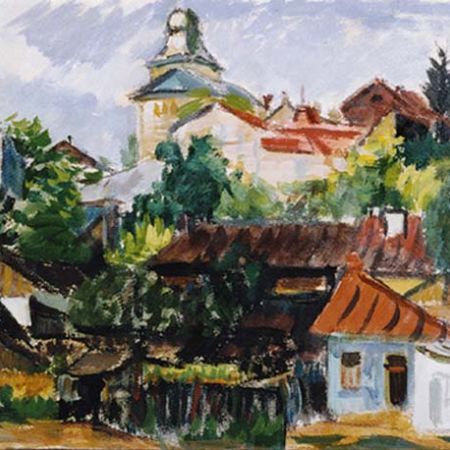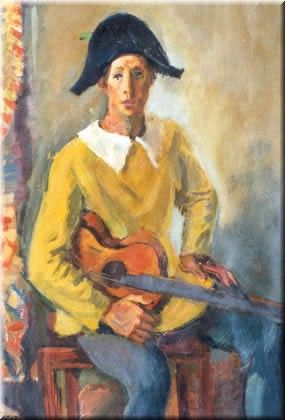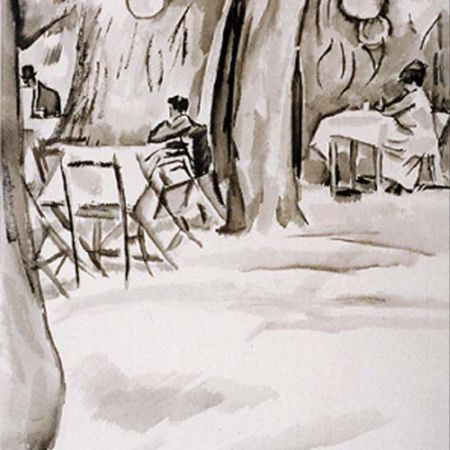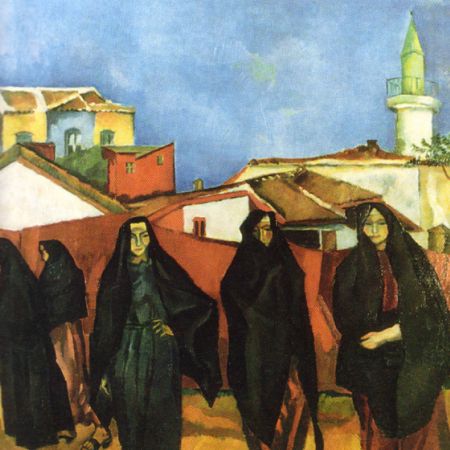(b Bucharest, 21 May 1881; d Bucharest, 25 April 1958). Romanian painter. He studied painting in Munich under Anton Azbe and Johann Herterich (1843–1905). After a period in Romania (1905–7) he went to Paris, where he studied at the Academie Ranson and mixed with the avant-garde of Montmartre, including Brancusi and Derain. Returning to Bucharest in 1909, he organized the first exhibition of modern art at the Palatul Ateneului. During World War I he fought on the Moldavian front, but he continued to paint, including military personnel (e.g. Soldiers, 1917; Bucharest, N. Mus. A.). His work in this period was influenced by that of Czanne; it was geometric in spirit, but figurative, and it concentrated on representations of the exotic physiognomies and the spectacular landscape of the Tartars of Balcic, a small port on the Black Sea. The best-known of these is the Tartar Family (1921; Bucharest, N. Mus. A.), which in its stylized volumes shows the influence of Cubism. Iser’s work was also influenced by literature and by the performing arts. He specialized in re-creating the environments of ballerinas and harlequins (e.g. Harlequin and Dancer, 1929; Bucharest, N. Mus. A.). He lived again in Paris from 1921 to 1934, and after his return to Romania he remained faithful to his established themes. |





































